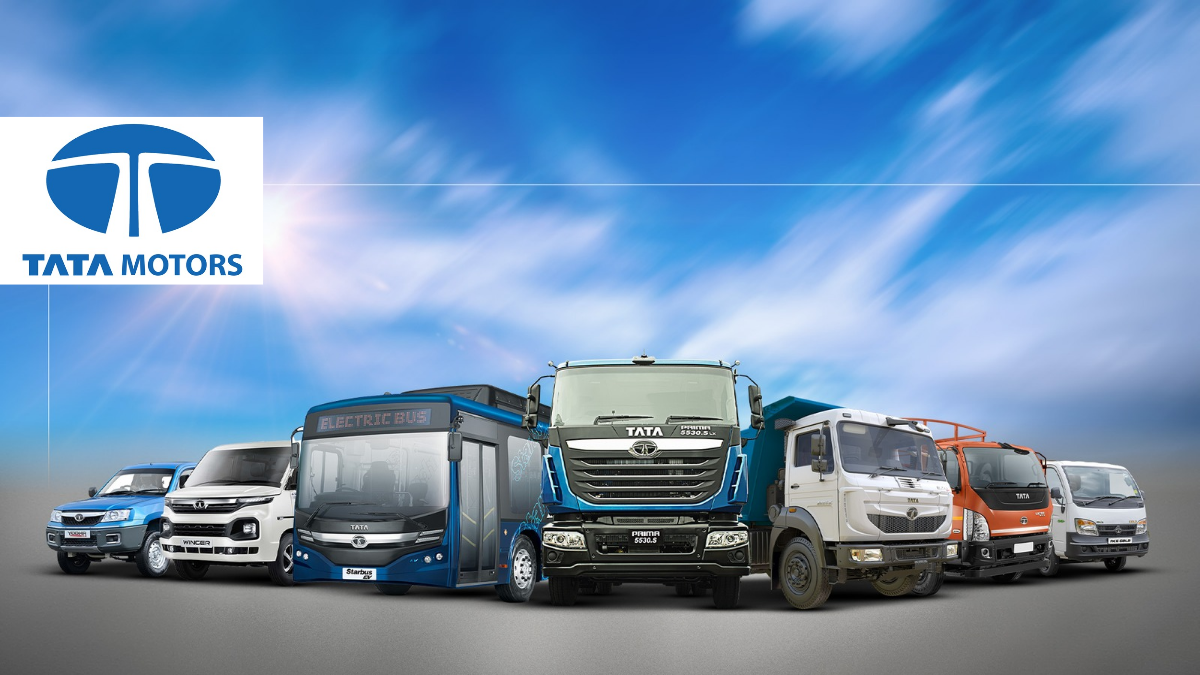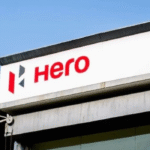Tata Motors Transfers Ownership of its subsidiaries, associates, and joint ventures to TML Commercial Vehicles Limited as part of its demerger scheme. This step marks a historic change for the company because it separates the commercial vehicle business from the passenger vehicle and electric vehicle business.
I have been following automobile news and developments for years, and I can say that this demerger is one of the biggest milestones in Tata Motors’ history. It is not just about creating two companies but about giving each business its own identity, focus, and growth opportunities.
What Does the Tata Motors Demerger Mean?
The demerger means that Tata Motors will now operate under two separate businesses:
- TML Commercial Vehicles Ltd (TMLCV): This new company will take full charge of the commercial vehicle operations, which include trucks, buses, and all associated subsidiaries and joint ventures.
- Tata Motors (Passenger Vehicles, EVs, and Jaguar Land Rover): The parent company will continue to focus on passenger cars, electric vehicles, and the premium Jaguar Land Rover segment.
This change officially became effective on October 1, 2025, after months of planning and regulatory approvals.
Key Highlights – Tata Motors Transfers Ownership
- Record Date for Shareholders: Tata Motors has fixed October 14, 2025 as the record date. Shareholders who hold Tata Motors shares on this date will get one share of TMLCV for every one share of Tata Motors they own.
- Debt Allocation: Around ₹2,300 crore worth of non-convertible debentures are being shifted to the new commercial vehicle company. This helps balance the financial structure of both entities.
- Listing of New Company: TMLCV will soon be listed on the BSE and NSE as a separate company. The listing is expected sometime in November 2025.
- Leadership Changes: Girish Wagh has been appointed as the Managing Director and CEO of TMLCV, while Shailesh Chandra will continue to lead the passenger vehicle and electric vehicle business.
- Business Focus: The commercial vehicle arm will put all its energy into strengthening the truck and bus market, while the passenger vehicle arm will continue its strong push in SUVs, hatchbacks, and electric cars.
Source: Economic Times
Why Did Tata Motors Transfer Ownership?
The main goal behind this transfer and demerger is growth and focus. Here are the reasons explained in simple words:
- Unlocking Value: Earlier, Tata Motors had to manage both passenger and commercial vehicles under one umbrella. Now, each company can be valued independently in the stock market, which can increase shareholder wealth in the long run.
- Focused Growth: Commercial vehicles and passenger vehicles are very different businesses. Trucks and buses need heavy investment and long-term planning, while passenger cars and EVs require fast innovation and consumer-focused strategies. By separating them, Tata Motors can give more attention to each segment.
- Better Use of Capital: Investors and lenders will find it easier to support each business separately because their financial goals and risks are now clearer.
- Global Expansion: Tata Motors has global ambitions. With this demerger, the commercial vehicle arm can look at international deals like the planned acquisition of Iveco in Europe, while the passenger arm can focus on growing the EV market and supporting Jaguar Land Rover.
Impact on Shareholders
If you are a shareholder of Tata Motors, here is what this means for you:
- You will now hold two separate shares – one in Tata Motors (Passenger Vehicles + EVs + JLR) and one in TMLCV (Commercial Vehicles).
- The overall value of your investment will not reduce because the split is structured to keep shareholder interest intact.
- In the long run, both businesses may perform better in their respective markets, which could give shareholders improved returns.
- The stock market will soon start trading these two entities separately, giving investors more choices.
What This Means for the Automobile Industry
The Indian automobile industry is growing rapidly, especially in the electric vehicle space. Tata Motors has been a leader in EVs, and this move will give it more power to expand without worrying about the heavy commercial vehicle segment.
On the other hand, TMLCV will now focus only on trucks, buses, and logistics solutions. With India pushing for green mobility and electric buses in public transport, this arm will also have a strong growth path.
The split also brings more competition. Other companies like Mahindra, Ashok Leyland, and Hyundai will now face a sharper and more focused Tata Motors in both passenger and commercial segments.
What’s Next for Tata Motors?
- Passenger Vehicles and EVs: Tata Motors will continue to dominate the EV market in India. It has plans to expand its charging network across the country and launch more affordable EV models.
- Commercial Vehicles: TMLCV will focus on improving technology in trucks and buses, including electric and hydrogen-powered options, which are seen as the future of transportation.
- Jaguar Land Rover (JLR): After facing challenges due to a cyberattack, JLR is now working on recovery. Its luxury car business will continue to play an important role in Tata Motors’ global revenue.
- Global Expansion: Tata Motors is in talks to acquire Iveco’s truck and bus business in Europe. If this deal goes through, it will give Tata Motors a strong presence in global markets.
Conclusion
The ownership transfer and demerger of Tata Motors is not just a financial restructuring, it is a step towards creating two strong and independent companies. Tata Motors has separated its commercial vehicle and passenger vehicle businesses to give both segments more focus, better capital allocation, and a clearer growth path.
For customers, this means more innovation and better products in the future. For shareholders, it means holding shares in two strong companies that can grow faster in their own directions.










